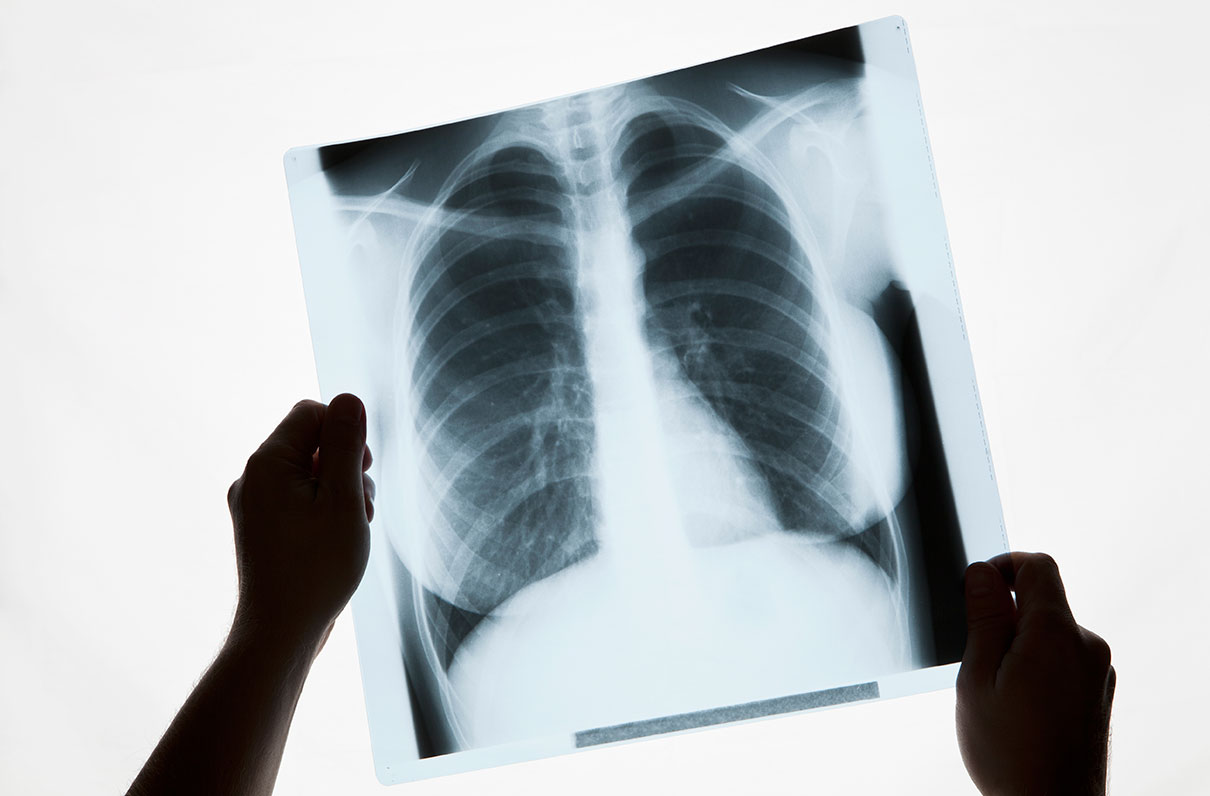Over the past two centuries, the VA has advanced medicine in the U.S. through a long list of medical research and technological breakthroughs. And the innovations keep coming.
Last month, the VA announced researchers from its Ann Harbor medical center in Michigan are working on a 3-D-printed artificial lung to attack lung disease.
The work has just begun, but it's considered revolutionary in the medical community. The artificial lung would serve as a temporary replacement for veterans waiting for a transplant; eventually, it could be used for longer-term use.
Exposure to environmental hazards and chemicals such as burn pits, fuels, sand, and many other known and unknown toxins are common to those who serve in the military.
Chronic pulmonary disease alone affects about 16 percent of the veteran population and is often associated with exposure to smoking and other noxious particles or gases.
“Our veterans deserve the highest quality of care and the latest breakthroughs in medical science,” said VA Secretary Robert Wilkie. “This exciting project is the latest in a long string of incredible research and medical advancements developed by VA researchers over the years. The results of the project could change millions of lives for the better.”
This is indeed exciting and promising news for veterans.
Here's a chronological breakdown of the VA's long string of medical advances:
- 1928: conducted the first studies for treating malaria
- 1941: conducted clinical and biomedical research on neuropsychiatric disorders, contributing to standardization for diagnosing, treating, and training of neurology, psychiatry, and neuropathology
- 1947: developed and tested effective treatment for tuberculosis, later leading to additional treatments for heart diseases, schizophrenia, diabetes, depression, and stroke
- 1960: invented the first clinically successful cardiac pacemaker
- 1967: performed the first successful liver transplant
- 1974: discovered leukemia and other cancer-causing viruses
- 1984: developed the nicotine patch for patients to stop smoking
- 1999: identified a gene associated with schizophrenia
- 2005: introduced a new vaccine for treating shingles and a wheelchair providing more functionality for veterans including rising to a standing position
- 2017: identified a protein believed to serve as a biomarker of chronic traumatic encephalopathy associated with multiple brain injuries
